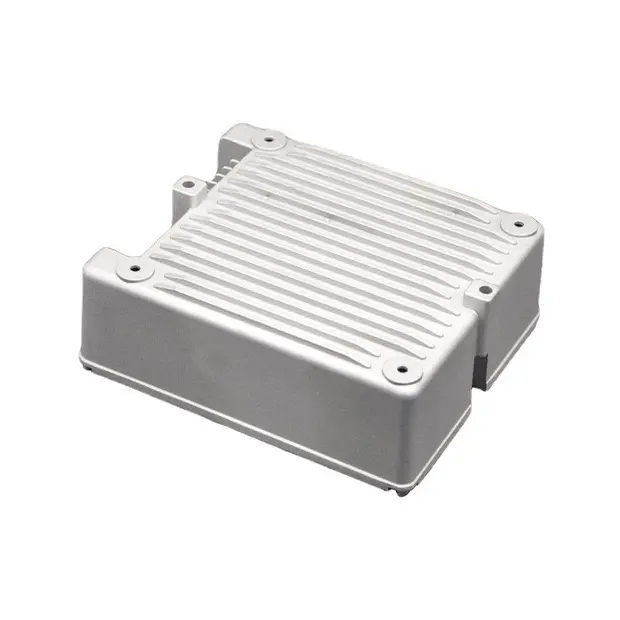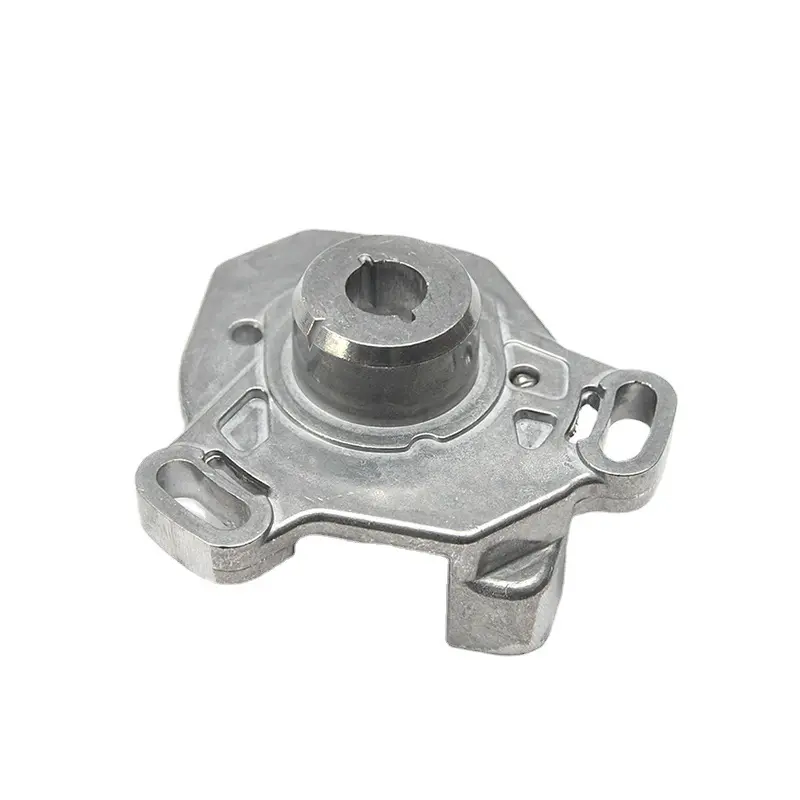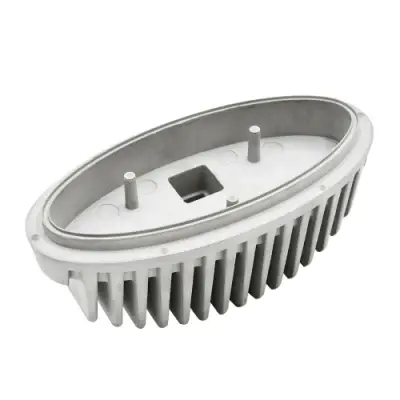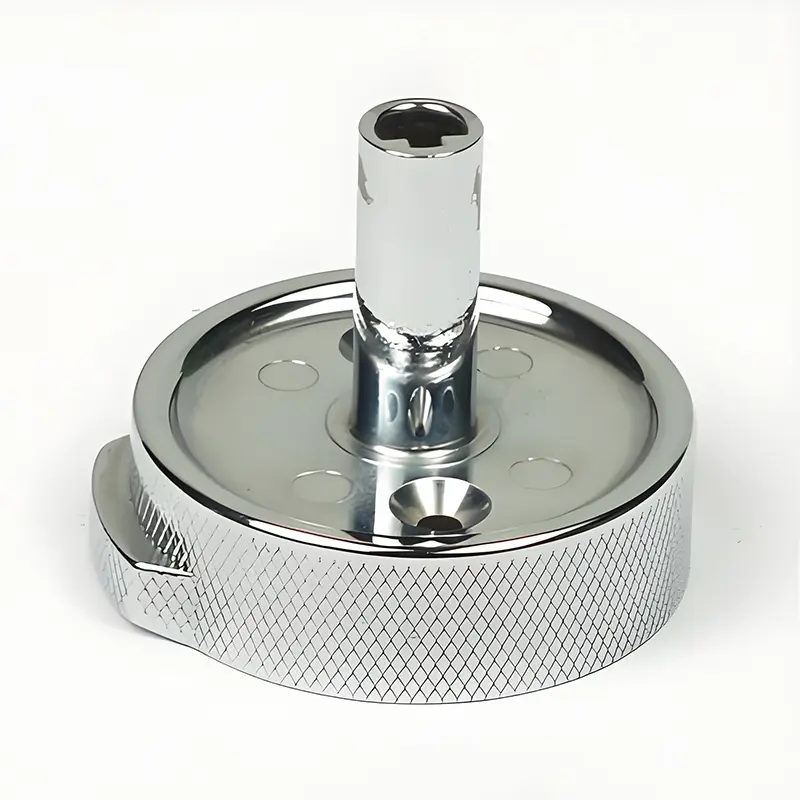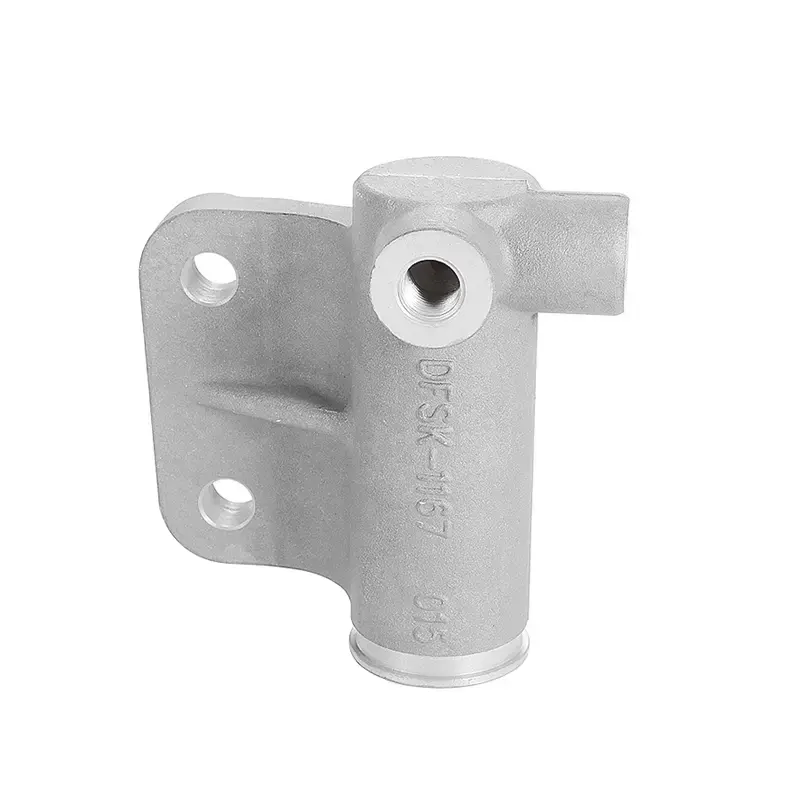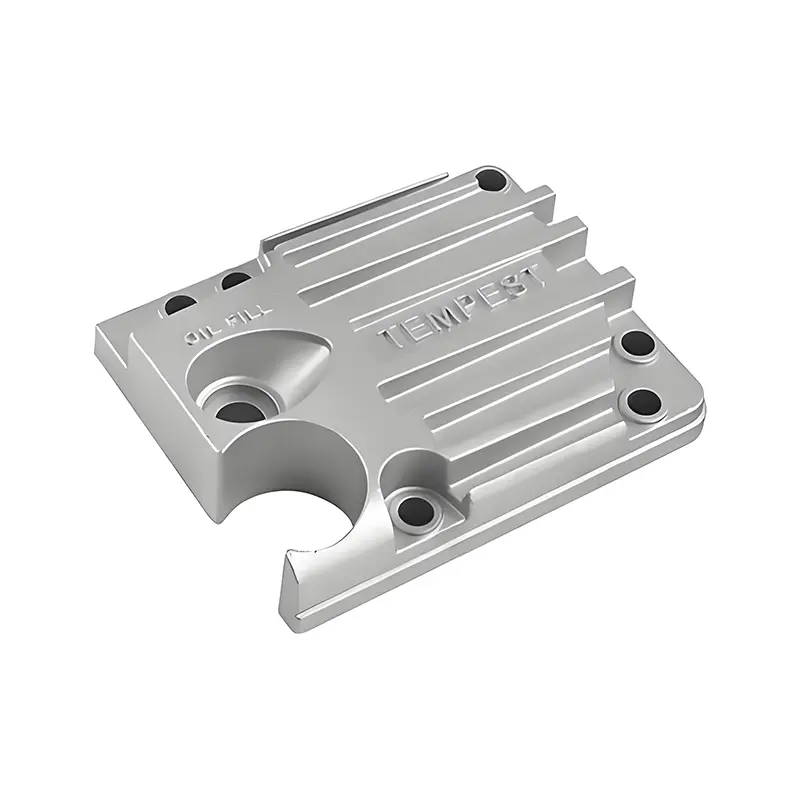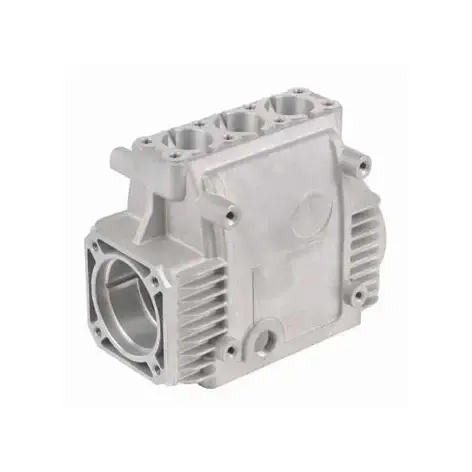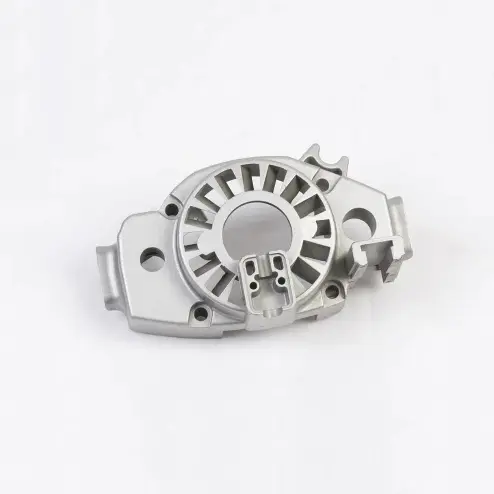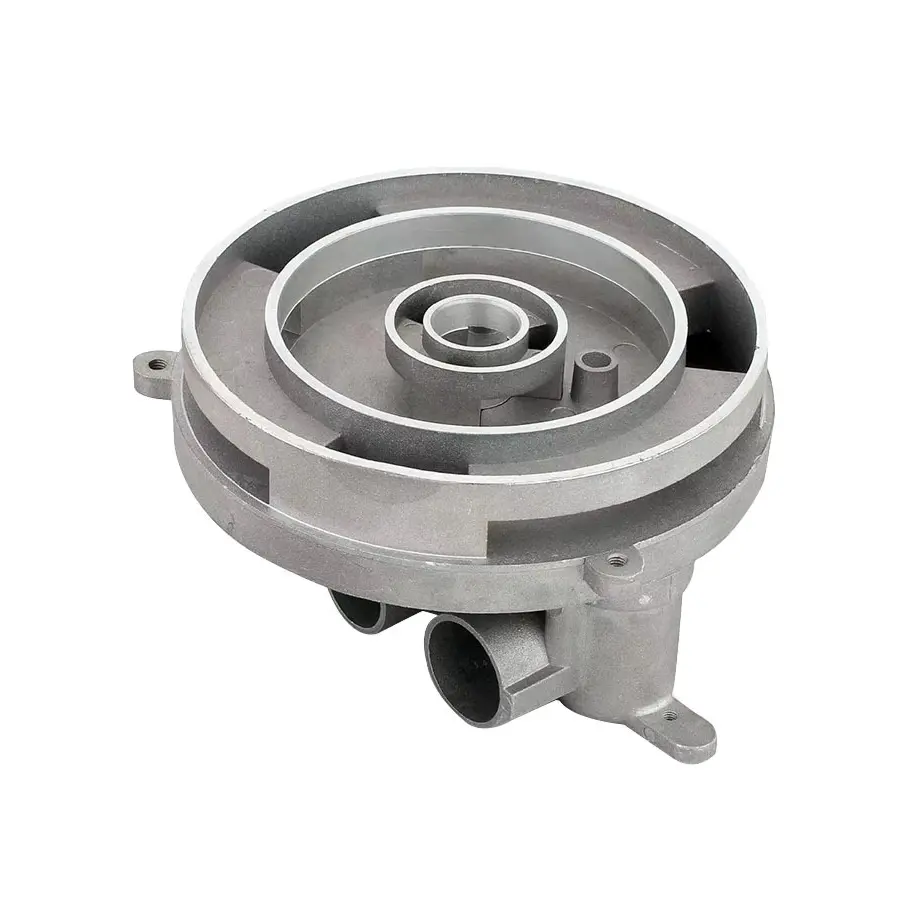 +86-13516964051
+86-13516964051 Environmental advantages of high pressure casting
Advantages of high-Pressure Casting in environmental protection
Against the backdrop of the increasing global attention to environmental protection, the green transformation of the manufacturing industry has become an inevitable trend. As an advanced metal forming process, high-pressure casting not only has significant advantages in production efficiency and product quality, but also shows many highlights in environmental protection, making it an ideal material choice for international wholesale buyers in the pursuit of sustainable development. This article will explore in depth the advantages of high-pressure casting in environmental protection, and provide a comprehensive and in-depth perspective for the customer base of the aluminum alloy die-casting foreign trade independent station.
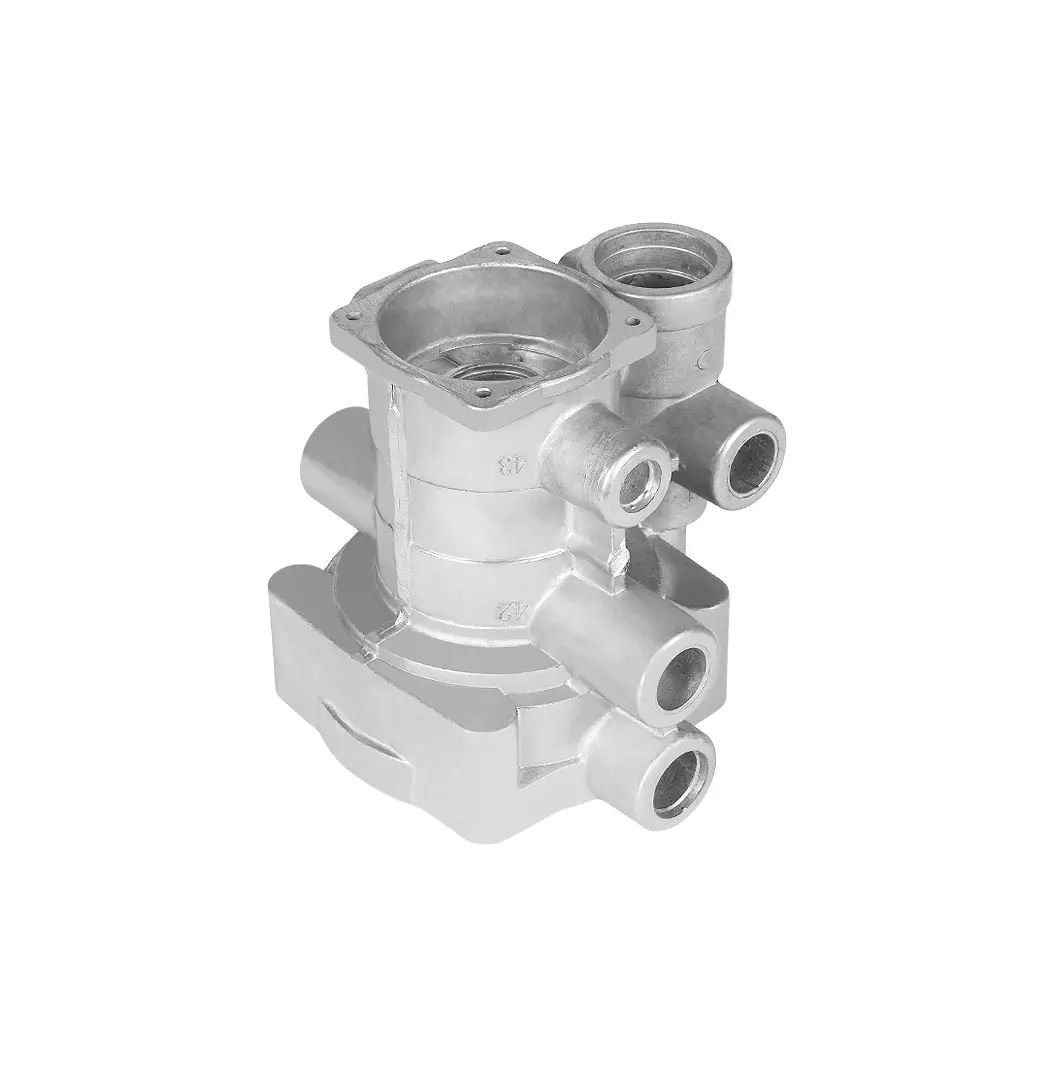
1. Recyclability and resource conservation of materials
(I) Infinite recyclability of aluminum alloys
Aluminum alloy is one of the main materials for high-pressure casting, and its unique physical and chemical properties make it a material with great environmental value. Aluminum is a metal that can be recycled infinitely, and its performance will not be significantly reduced even after multiple recycling and reprocessing. This means that scraps, waste products, and scrap aluminum alloy parts generated during the high-pressure Casting Process, as well as waste aluminum alloy parts after the end of the product's service life, can be re-melted, processed, and put into production again, thereby greatly reducing the demand for primary aluminum and reducing the environmental damage caused by mining and smelting aluminum ore.
(II) Resource conservation and cost reduction
The high precision and high efficiency of high-pressure casting greatly improve the utilization rate of materials. Compared with traditional casting processes, high-pressure casting can accurately control the amount of materials used and reduce material waste. For example, when producing parts with complex shapes, high-pressure casting can be formed in one go, avoiding the material loss caused by multiple cutting and welding processes in traditional processing. This efficient use of materials not only saves natural resources, but also reduces production costs and improves the economic benefits of enterprises.
2. Reduction of energy consumption
(I) Energy-saving performance in the production process
The high-pressure casting process has significant energy-saving advantages over traditional casting processes in the production process. On the one hand, high-pressure casting has high production efficiency and can complete the molding of parts in a shorter time, thereby reducing the operating time and energy consumption of the equipment. For example, integrated die-Casting Technology integrates the production of multiple parts into one molding, greatly shortening the production cycle. Taking the rear floor of Tesla Model Y as an example, the traditional stamping and welding process takes about 2 hours, while the integrated die-casting only takes 80-90 seconds, which not only improves production efficiency, but also significantly reduces energy consumption.
On the other hand, the continuous optimization of modern high-pressure Casting Equipment also provides support for energy conservation. For example, compared with traditional hydraulically driven die-casting machines, die-casting machines driven by servo motors can reduce energy consumption by 40%. In addition, the application of waste heat recovery systems can also effectively improve energy utilization and reduce heat waste.
(II) Energy-saving benefits during product use
Aluminum alloy parts produced by high-pressure casting are usually lightweight, which has important energy-saving significance in the fields of automobiles, aerospace, etc. For example, aluminum alloy die-Casting Automotive parts can reduce the weight of the vehicle, thereby reducing fuel consumption and carbon dioxide emissions. According to statistics, for every 10% decrease in vehicle weight, fuel consumption can be reduced by 8% and emissions can be reduced by 4%. Therefore, high-pressure casting not only saves energy during the production process, but also continues to play an energy-saving role during the use of the product, which is in line with the global pursuit of low-carbon travel.
3. Reducing pollution emissions
(I) Pollution control during the production process
The waste generated during high-pressure casting is relatively small, and it is mainly recyclable aluminum alloy waste. Compared with traditional casting processes, high-pressure casting reduces the emission of waste gas, wastewater and solid waste. For example, during the smelting process, the use of environmentally friendly refining technologies, such as nitrogen-based refining agents, can reduce the emission of harmful gases. At the same time, modern high-pressure casting workshops are usually equipped with advanced waste gas treatment systems, wastewater treatment systems and air purification systems, which can effectively treat pollutants generated during the production process and ensure that emissions meet standards.
(II) Long-term impact on the environment
The environmental advantages of high-pressure casting are not only reflected in the production process, but also in its long-term positive impact on the environment. Due to the recyclability of aluminum alloys and the high efficiency of high-pressure casting, resource consumption and pollution emissions throughout the life cycle are effectively controlled. For example, the carbon dioxide emissions in the production process of recycled aluminum are only 5% of the production of primary aluminum, which makes high-pressure casting a significant contribution to addressing global climate change. In addition, the corrosion resistance of high-pressure castings extends the service life of the product, reduces waste generated by product damage, and further reduces the pressure on the environment.
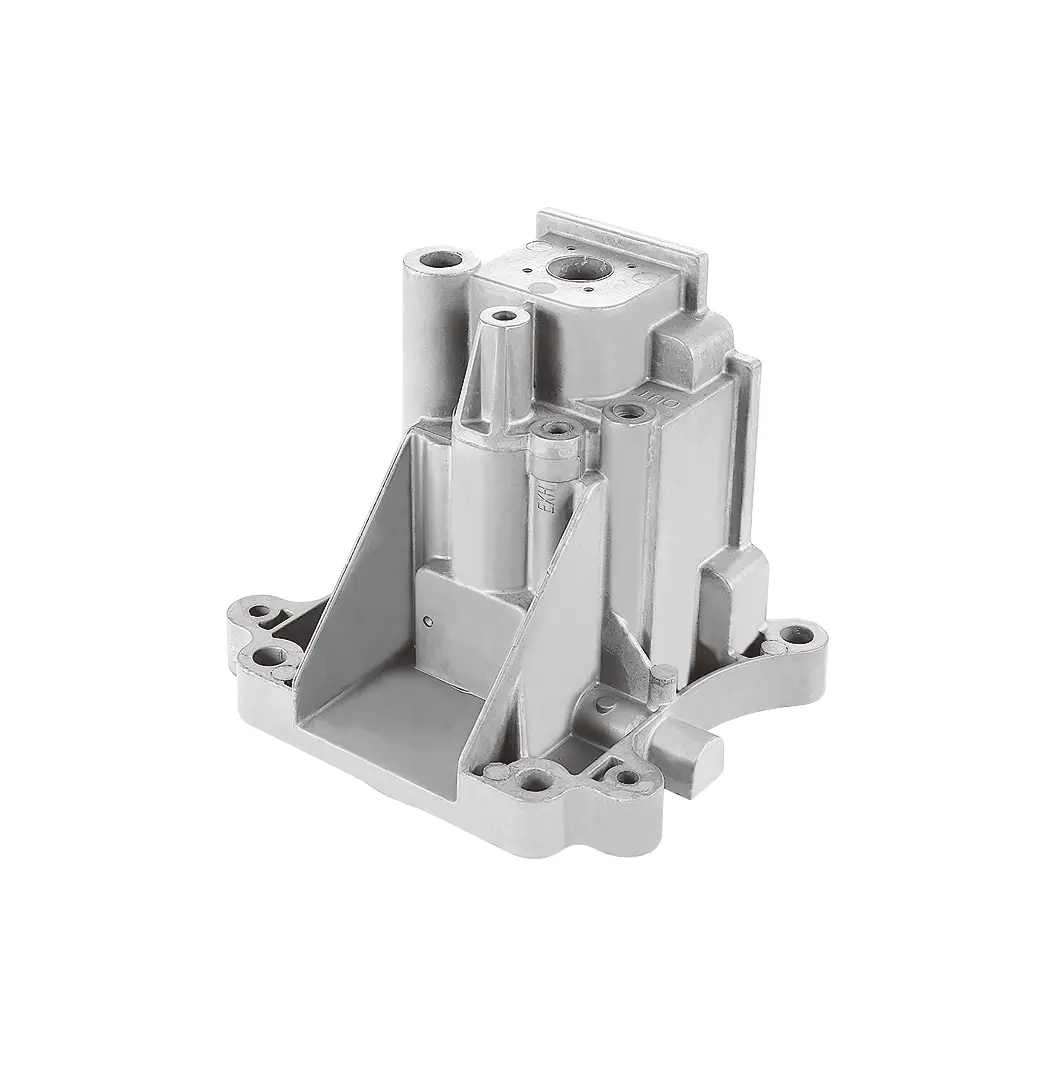
4. Innovative technologies to promote green manufacturing
(I) Vacuum high-pressure casting technology
Vacuum high-pressure casting technology is an important innovation in the field of high-pressure casting. It reduces pores and gas inclusions inside the casting by vacuuming during the die-casting process. This not only improves the quality and performance of the casting, but also allows the casting to be heat treated and welded, broadening its application scenarios. From an environmental protection perspective, vacuum high-pressure casting reduces the scrap rate caused by pores and inclusions, further reducing material waste and energy consumption.
(II) Semi-solid high-pressure casting technology
Semi-solid high-pressure casting technology is to inject semi-solid metal slurry into the mold for molding. Its advantage is that it reduces the turbulence of the molten metal and the formation of pores. This technology not only improves the mechanical properties of the casting, but also makes the surface quality of the casting better. In terms of environmental protection, semi-solid high-pressure casting reduces the environmental impact caused by material waste and energy consumption. At the same time, the high-strength and lightweight parts it produces also meet the requirements of green manufacturing.








